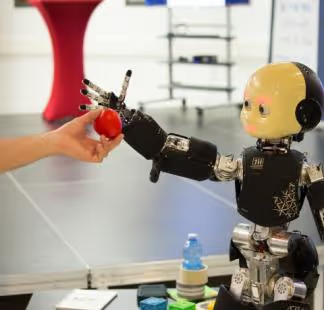Climate Innovation Challenge

Recognizing the urgent and multidimensional threats climate change poses to children, the UNICEF Venture Fund will catalyze innovation in two key areas:
Area 1: Climate and health
Solutions that protect children from climate-related health risks, such as:
- tools for air quality monitoring to protect children from respiratory illness
- solutions to detect, prevent, and reduce children’s exposure to lead pollution in air, water, soil, and food;
- digital platforms to support community engagement and reporting of climate-related health issues; emission reductions; and waste management
- integrated platforms that combine climate (environmental, meteorological, demographic) and health data, leveraging AI and geospatial technologies to predict and manage health risks
- platforms for frontline health workers and community leaders to understand, interpret, and respond to climate-health data
- innovations focused on climate-sensitive infectious diseases, including heat-related impacts, priority disease areas may include water-borne (cholera), vector-borne (malaria), food-borne and soil-borne infections, as well as antimicrobial resistance linked to climate change, widely impacting children
- smart heat and humidity monitoring and adaptation solutions for child-critical environments, such as homes, schools and health facilities
- low-cost cooling technologies, including for schools, homes and health facilities.
Area 2: Climate adaptation, resilience and disaster risk management
AI and data-driven systems and delivery models that predict, detect, and mitigate climate risks, such as:
- community-level early warning systems for early risk mitigation, and predictive platforms for emergency response
- frontier tech enabled analysis and scenario modelling for climate-related risks
- blockchain-based verification and validation of real-world climate events and service delivery
- tools for anticipatory action for climate-sensitive resource allocation and resilient infrastructure planning that integrate climate hazards with social and health datasets
- parametric insurance platforms and innovative financing mechanisms that provide rapid protection for children and communities against climate disasters
- blockchain-based solutions to increase energy resilience, including financing for renewable energy or clean energy alternatives;
- community energy networks to power clean water systems and food storage facilities, such as peer-to-peer energy trading networks.

